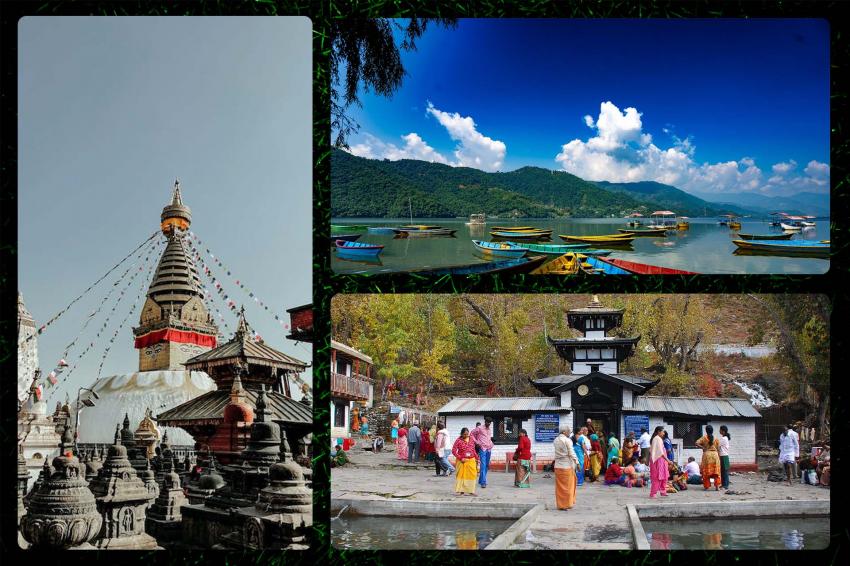Indulge In The Natural Beauty Of Nepal With Muktinath Yatra

Muktinath is a sacred pilgrimage site located in the Mustang district of Nepal, nestled in the Annapurna range of the Himalayas. It is a place of religious significance for both Hindus and Buddhists and is often visited by pilgrims seeking spiritual blessings. Here's an overview of a typical Muktinath Yatra (pilgrimage) and what you can expect:
1. Starting Point: Most Muktinath Yatras begin in the city of Kathmandu, the capital of Nepal. You'll likely arrive in Kathmandu via Tribhuvan International Airport.
2. Kathmandu Sightseeing: Many pilgrims start their journey with a visit to Kathmandu's prominent Hindu temples and Buddhist stupas, such as Pashupatinath Temple, Boudhanath Stupa, and Swayambhunath Stupa (Monkey Temple), as a part of their spiritual preparation. Book a Kathmandu tour package to visit these places.
3. Travel to Pokhara: From Kathmandu, you may travel to the city of Pokhara, which is a popular starting point for the journey to Muktinath. Pokhara is also a beautiful city known for its stunning lakes and mountain views.
4. Jomsom Flight: To reach Muktinath, you'll take a scenic flight from Pokhara to Jomsom, which is the gateway to the Muktinath region. The flight itself offers breathtaking views of the Himalayas.
5. Jeep or Trek to Muktinath: From Jomsom, you have the option to either take a jeep or trek to Muktinath, which is situated at an altitude of around 3,800 meters (12,467 feet). The trek takes you through picturesque landscapes and villages.
6. Muktinath Temple Visit: Once in Muktinath, you will visit the Muktinath Temple, which is the main attraction of the region. The temple is dedicated to Lord Vishnu in the Hindu tradition and is called "Muktichhetra" in Sanskrit, meaning the "place of liberation." It's believed that a visit to Muktinath can cleanse the soul and lead to moksha (liberation).
7. Rituals and Holy Baths: Pilgrims often take a holy bath in the 108 water spouts around the temple, which are believed to wash away sins. They also offer prayers and perform religious rituals.
8. Visit Nearby Monasteries: In addition to the temple, there are several Buddhist monasteries in the vicinity that you can explore, as Muktinath is a place of religious significance for Buddhists as well.
9. Return Journey: After spending time at Muktinath and its surroundings, you will make your way back to Jomsom and then return to Pokhara.
10. Conclusion: Many pilgrims conclude their Muktinath Yatra with a visit to other sacred sites or a tour of other parts of Nepal before returning to Kathmandu and, eventually, their home country.
When planning a Muktinath Yatra, it's important to consider factors like altitude sickness, weather conditions, and the physical demands of the journey. It's recommended to consult with a reputable tour operator or guide who can assist with logistics and ensure a safe and meaningful pilgrimage experience. Additionally, respecting local customs and traditions is essential when visiting such sacred places.


